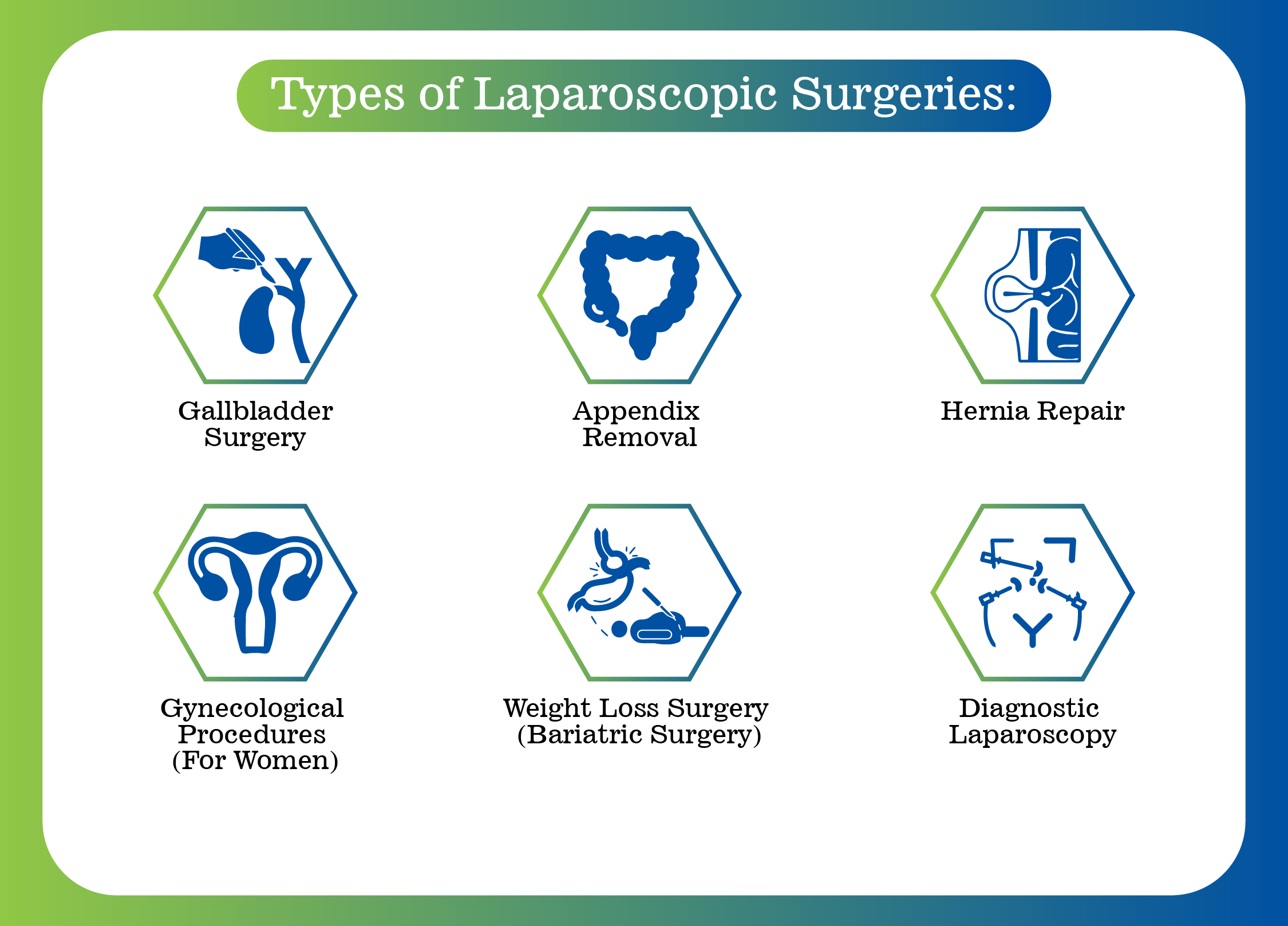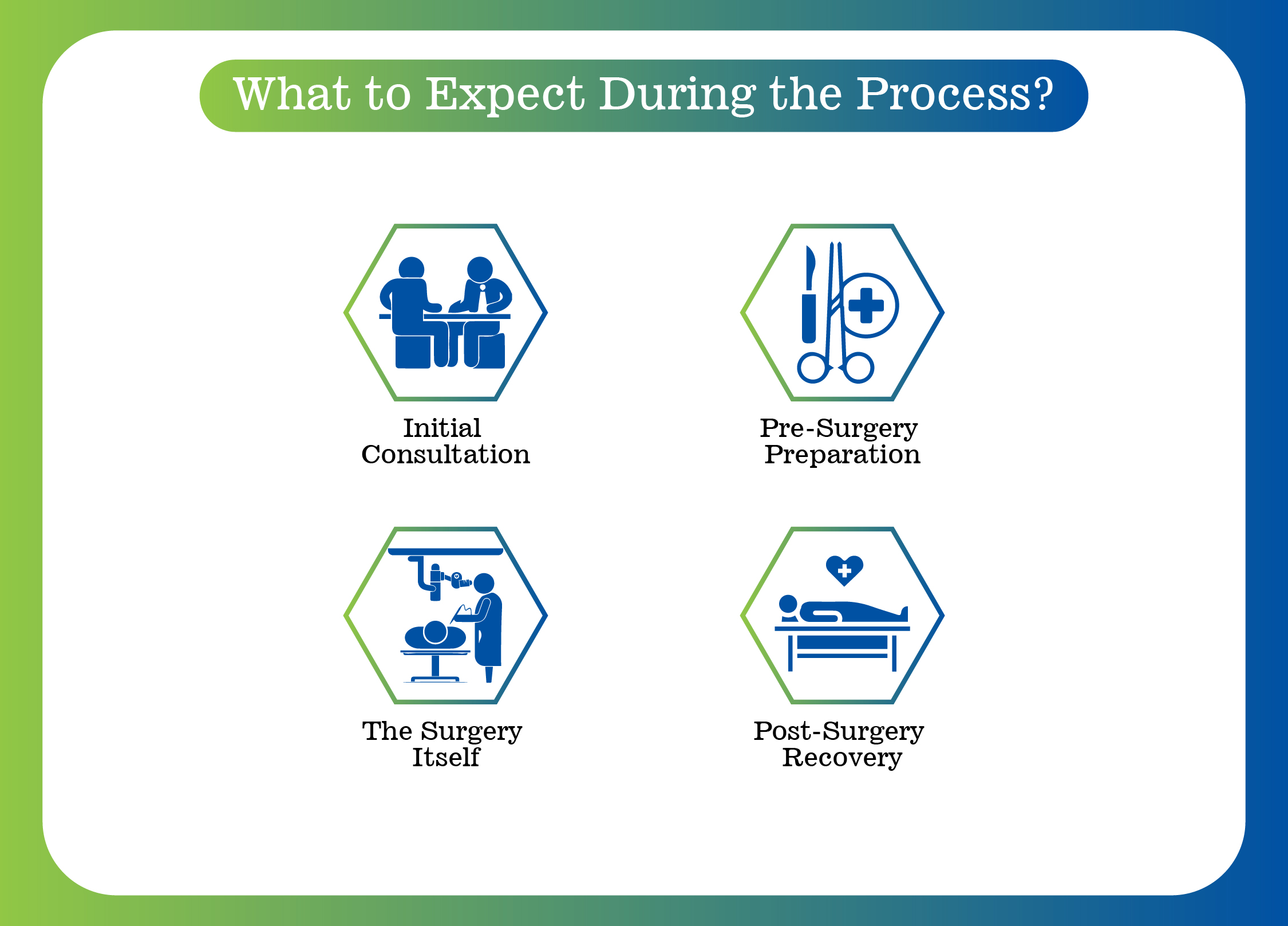Laparoscopic Surgery, also known as minimally invasive surgery or keyhole surgery. This modern surgical method allows us to treat many conditions with smaller cuts, faster recovery, and fewer complications compared to traditional open surgery.
Laparoscopic surgery is a technique where doctors make a few small incision (cuts) - usually about 0.5 – 1cm long- instead of one large cut. Through one of these cuts, a special device called a laparoscope is inserted. This is a thin tube with a light and a small camera on the end. The camera shows real-time images of the inside of your body on a screen, allowing the surgeon to see clearly and work with great precision.
Other small tools are inserted through the other cuts to perform the surgery. Because it’s done with such small openings, there is less bleeding, less pain, and a quicker return to normal activities.


Laparoscopic surgery has changed the way medical conditions are treated. It’s less painful, leaves smaller scars, and helps people get back to their lives more quickly.
Compared to traditional open surgery, laparoscopic procedures offer many benefits:


We know surgery can feel overwhelming, so we make sure you're supported and informed every step of the way: